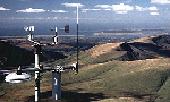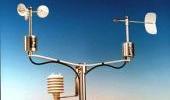|
|
|
|

|
Windspeed Limited (trading as Vector Instruments),
113 Marsh Road, RHYL, North Wales, LL18 2AB, United Kingdom
Tel: +44 (0) 1745 350700
Email: sales@windspeed.co.uk
|
|
Website design and content is copyright (c) 2003-2024 Windspeed Limited (unless otherise stated). All trademarks are acknowledged.
|
|

